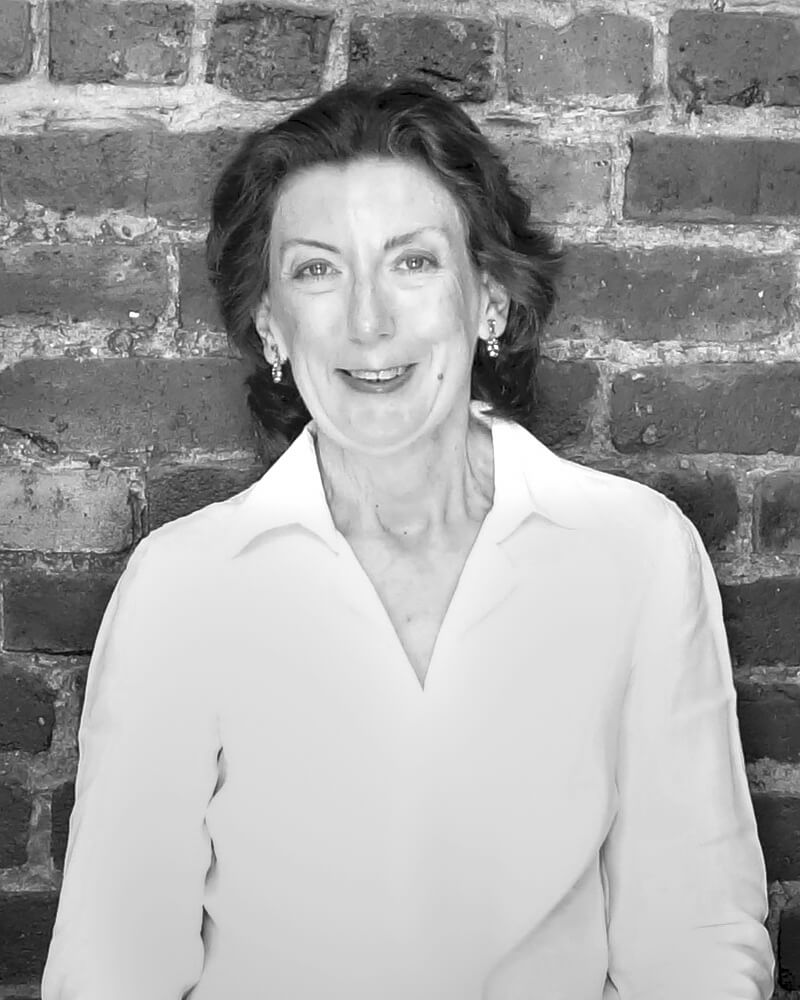Virginia Hines started photographing during high school, working part-time for the
local newspaper where her parents were editors, and later studied photography with
notable artists including Harvey Stein, Bruce Gilden, Alex Webb, and Geoff
Winningham. She is a frequent contributor to Street Photography Magazine and their
podcasts featured her in April 2021 and May 2022. She also wrote the introductory
essay for Harvey Stein's latest book of street photography, Coney Island People: 50
Years. Her photographs have appeared in many print and digital publications and have
been exhibited in group shows across the U.S. and in Europe. You can follow her
progress on Instagram @vhines_photos and on her web site.
Statement
For me, photography is about making connections, most importantly, connections
with other people. Even in brief interactions, there is a potential connection, a
communication, that can create bonds with individuals from a variety of circumstances.
Photography is an outlet for my enduring curiosity about people. There is also the
challenge of making visual and conceptual connections within the confines of the frame.
Photography provides a means of playing with the inescapable yet elusive dimension of
time, which has fascinated me ever since I learned there was meaning to exactly how
the hands were positioned on the face of a clock. I have been trying to “tell time” ever
since. Finally, photography gives me a way to explore mysteries and discover order and
beauty in everyday life. Often enough, life does not seem beautiful, but sometimes a
photograph will bring to light qualities that lie beneath the surface. I treasure these small
epiphanies and the tools photography provides for bringing them to light.
